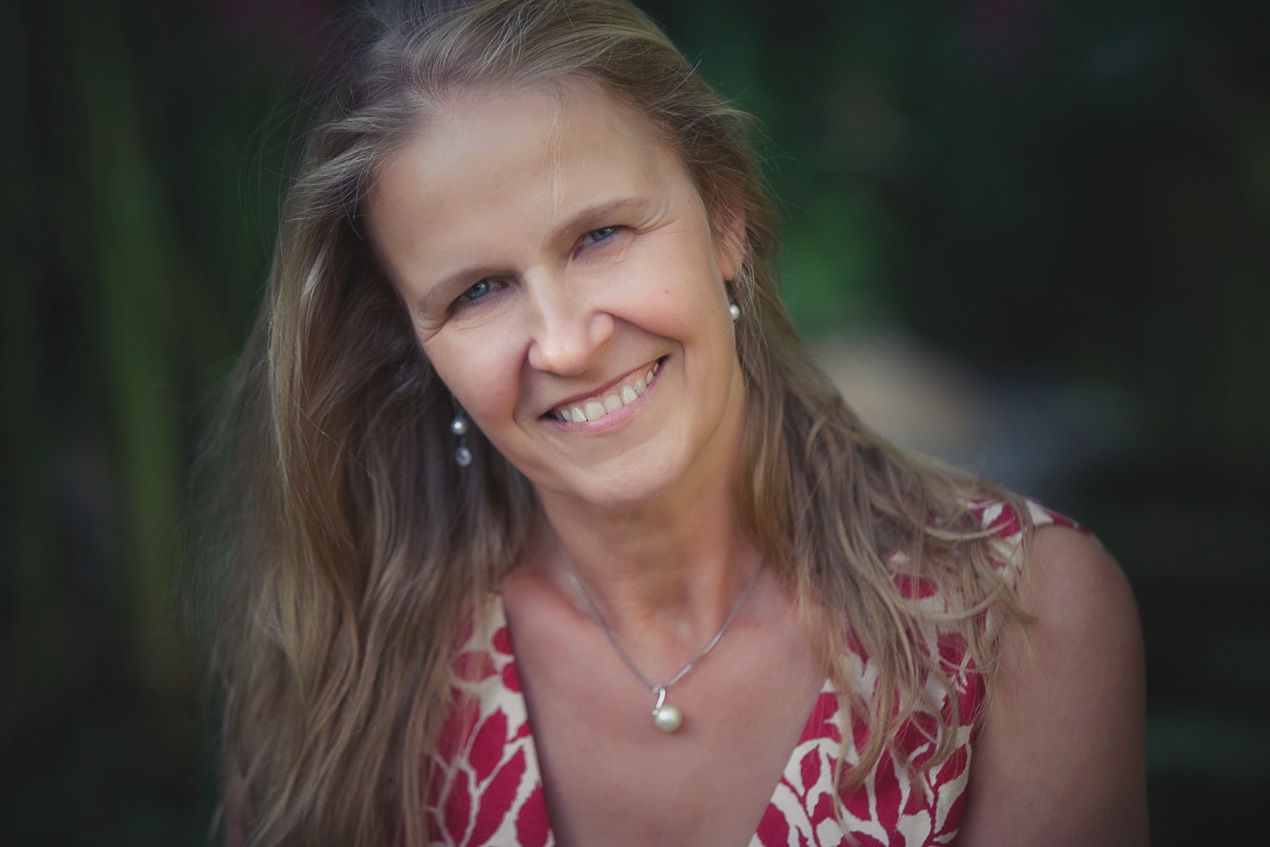Author Q&A:
Cornelia Funke
Pan’s Labyrinth
(Bloomsbury, £16.99)
Based on the screenplay by Guillermo del Toro, who also co-wrote the book, Pan’s Labyrinth is an adult fairy tale set in Spain a few years after the end of the Civil War. Eleven-year-old Ofelia arrives at a remote outpost to live with her ailing mother and her new stepfather, a sadistic and cruel army captain. Escaping the horrors of her new home, Ofelia is drawn to the forest, where she meets the strange and fantastical Faun, who sets her a series of tasks that she must complete in order to win a place in the magical kingdom at the centre of the labyrinth.
What power does fantasy fiction possess to explore the horrors of real life?
The horrors of real life are often something we try to forget, so they lurk as memories or fears in the subconscious and unconscious layers of our minds and hearts. Words often fail to describe or fully unveil them, but images can express and evoke those hidden terrors by giving them shape, such as demons or fiery knights. Terry Gilliam does this brilliantly in the film The Fisher King, where he expresses grief and unbearable memories in the shape of the red knight pursuing the hero through the streets of New York. For me that is an unforgettable example of how fantasy uses images and symbols to show reality in all its often wordless layers. We can ask the big questions in fantasy: where do we come from? Where do we go? What is evil? Does life have meaning? And then there is of course the fact that our existence is in fact absolutely fantastic. We live and breathe on a planet racing around a fireball. We share this world with immortal jellyfish, dragonflies, elephants, singing whales and insects who are masters of camouflage. Reality inspires all fantasy and always surpasses our wildest imagination.
You’re known for writing fiction for children and young adults, but there are some particularly adult themes in Pan’s Labyrinth. What were the challenges of writing this more adult-oriented fairy tale?
I have written the Reckless series over the past 10 years and, before that, Inkspell and Inkdeath, all stories with quite adult and dark motives and heroes, so I was well prepared for the Faun. I guess these stories made Guillermo ask me to write the book. What I loved about this project was not only that I had to weave the images of my favourite movie into words, but also the fact that, for a change, I didn’t have to deal with spinning a plot. To be able to concentrate just on the narration and language was quite a thrill.
The novel is punctuated by a series of short stories. Tell us about those and why you included them?
Guillermo asked me at the beginning to play with the material, but I believe his movie to be so perfect that I knew I wouldn’t change one beat of the plot or dialogue. He was quite disappointed when I told him that, so I offered to add 10 stories about key elements of the movie and, in them, play with what he had laid out in the movie’s story. He loved the idea and called the stories interludes and luckily he liked the finished stories too. I was nervous about the fact that I would create backstory for his characters, as I know he does that as well, but I told myself that the stories could be stories from Ofelia’s books and might not tell the truth – which only Guillermo knows. He didn’t change one thing when he read the stories and after I sent him the first one he just wrote “fly on with silver wings”.
How important is it that people come to a firm conclusion about the meaning of Pan’s Labyrinth and whether Ofelia’s experiences are real or imagined?
For me that doesn’t matter and I think it neither does for Guillermo. I think neither he nor I tend to be missionaries when it comes to the interpretation or meaning of our work. Some will get it, others won’t. And what is the difference between “imagined” and “real”? Don’t we all sometimes wonder whether somebody writes our story and how much of it we write ourselves? For me the Faun and the Underground Kingdom were real, but once again I find that to be a term that’s very hard to define.
You worked as a producer on the film adaptation of your own book Inkheart. Did you enjoy the experience and what were the challenges of taking your own words and putting them on film?
I did enjoy it, but it also taught me that even movies done with passion and many talented people involved can turn out to be lacking in many aspects. I think a TV interpretation is a far better way to adapt a novel as it can catch its complexity better than 90 or 100 minutes on the big screen. I also learned that the writer has to accept that a movie will show the vision of the director and the other artists involved, which never is what I see in my head when putting pen to paper.
What fairy stories did you love as a child and why?
My favourite one always was The Six Swans, but I have no idea why – which is so often true about fairy tales and the impact they have on us. I did a fairy tale anthology with Pushkin Press, London, called Behind The Water Curtain, in which I described how I actually never liked fairy tales. I always found them to be haunting, strange but nevertheless, or maybe because of that, fascinating and often unforgettable – mirrors from a long lost past, in which we see a reflection of ourselves and many dark and hidden truths about human nature.

Leave a reply
Your email address will not be published.